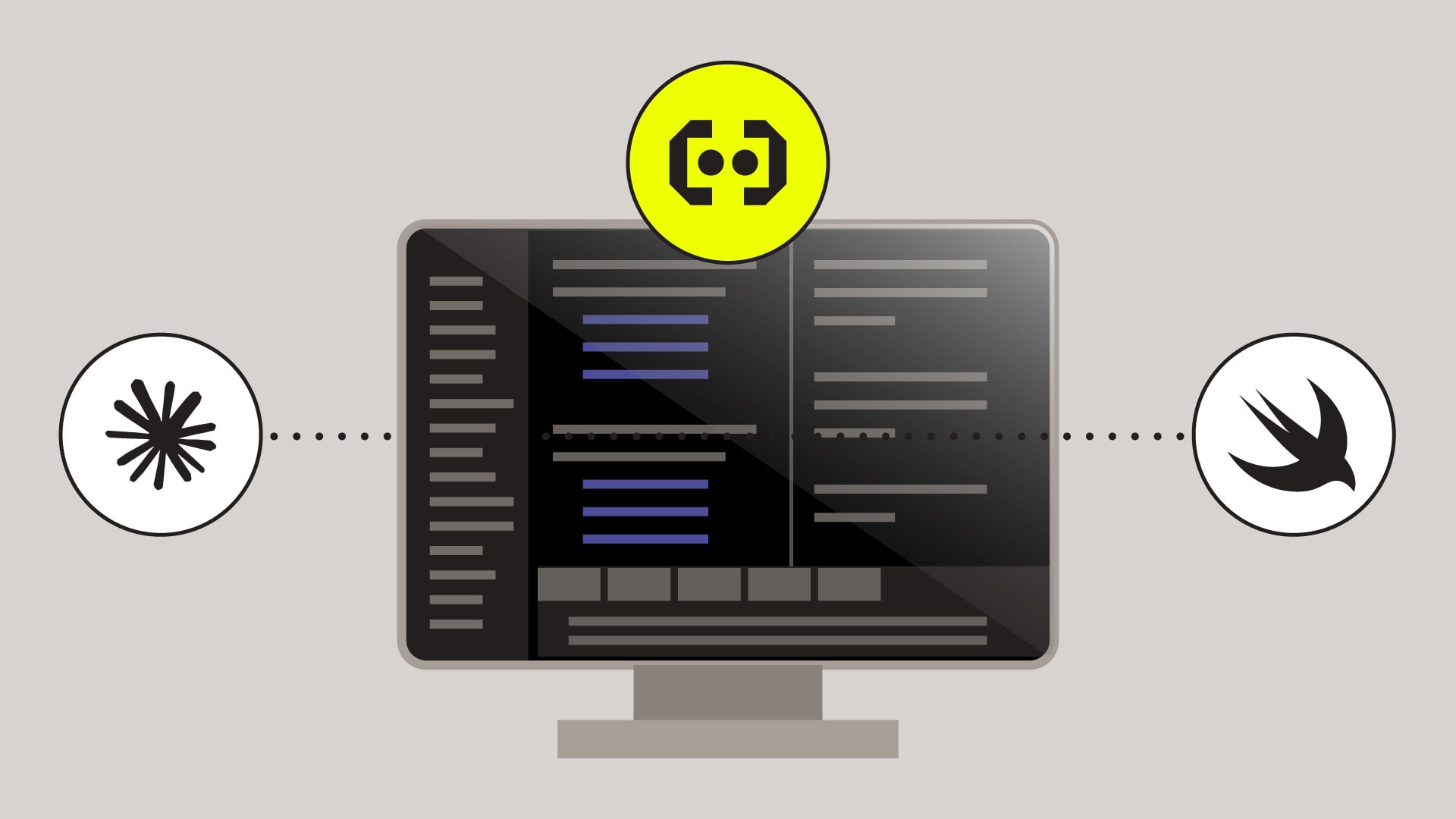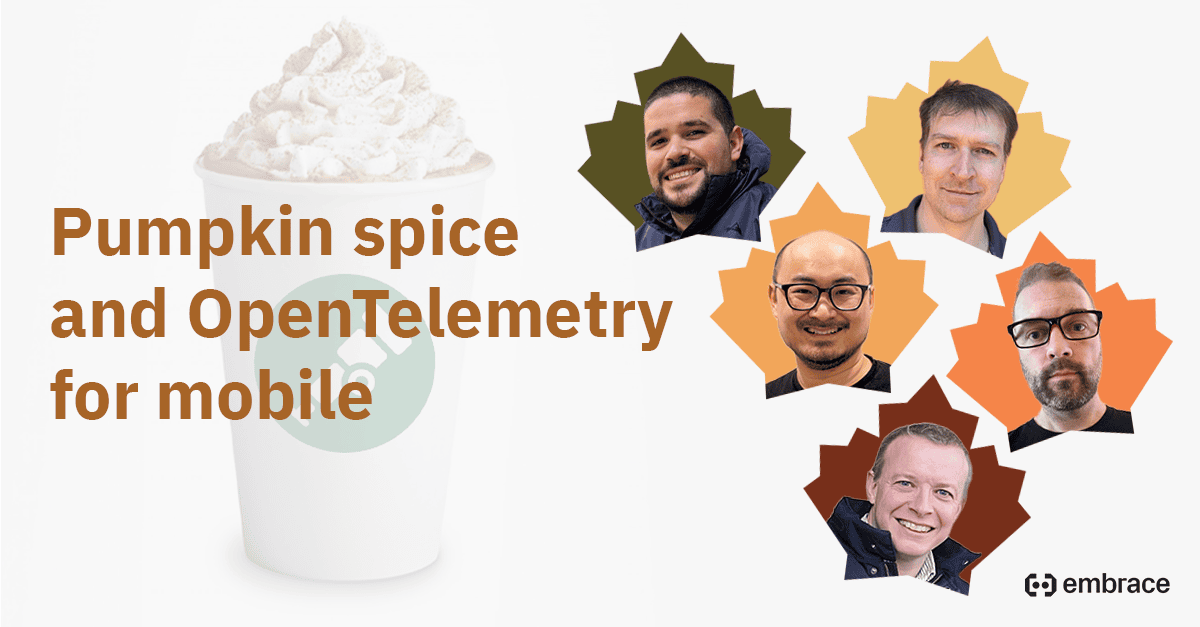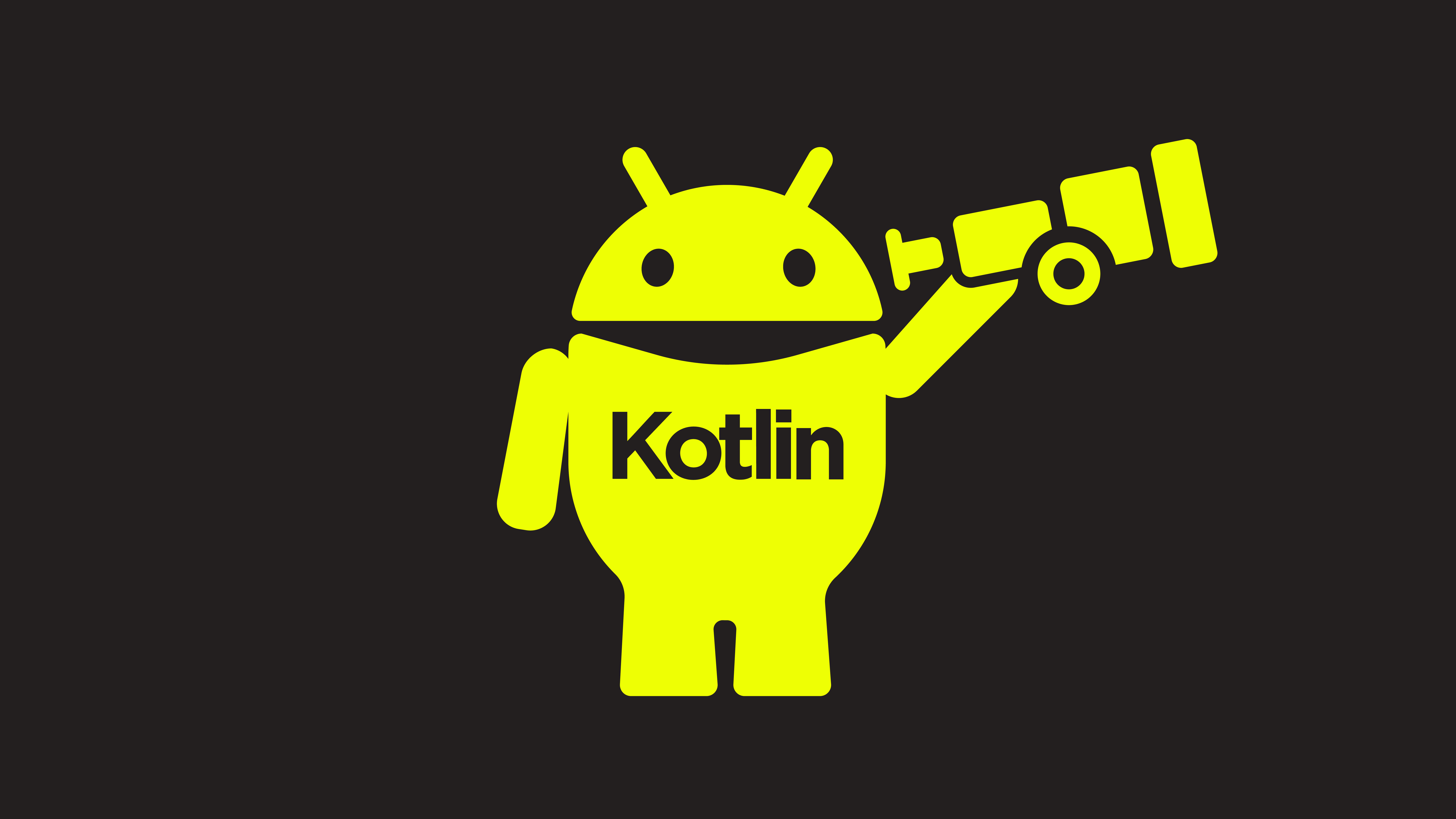
Recently, I got together with several members of OpenTelemetry’s Android and Swift SIGs for a fun Fall-themed discussion about how mobile developers can improve their observability practices. (You can watch the full video here.)
There’s definitely a “season of change” happening right now in terms of extending observability tooling and practices to frontend app development. Earlier this year, we covered OpenTelemetry’s new Browser SIG, and now we’re diving into all things OpenTelemetry for mobile.
That’s right, the Android and Swift SIGs have been hard at work planting the seeds for improved client-side observability for mobile, and now it’s harvest time.
In our discussion, they shared the bounty of their knowledge, experience, and contributions to the OTel community, so that engineers can have better instrumentation, telemetry, and observability for their mobile apps. Here’s a small sample of the topics we covered:
- What are some of the challenges of collecting telemetry in mobile apps?
- What are instrumentation considerations that are unique to mobile apps?
- How do telemetry data volumes stack up for mobile apps compared to backend systems?
- Why is tracing so difficult in mobile apps?
- What’s missing in terms of semantic conventions for mobile observability using OpenTelemetry?
- Why does Swift Package Manager make it challenging to use OTel for iOS apps?
- Does OpenTelemetry have support for Kotlin?
If you’d like to see some of the highlights, read on! We’ve got the best Fall-themed item award, key panelist quotes, favorite answers to questions, and more. If you’d prefer to check out the video instead, you can watch the full panel discussion here.
Hope you enjoy it, and we’ll see you at the next one!




